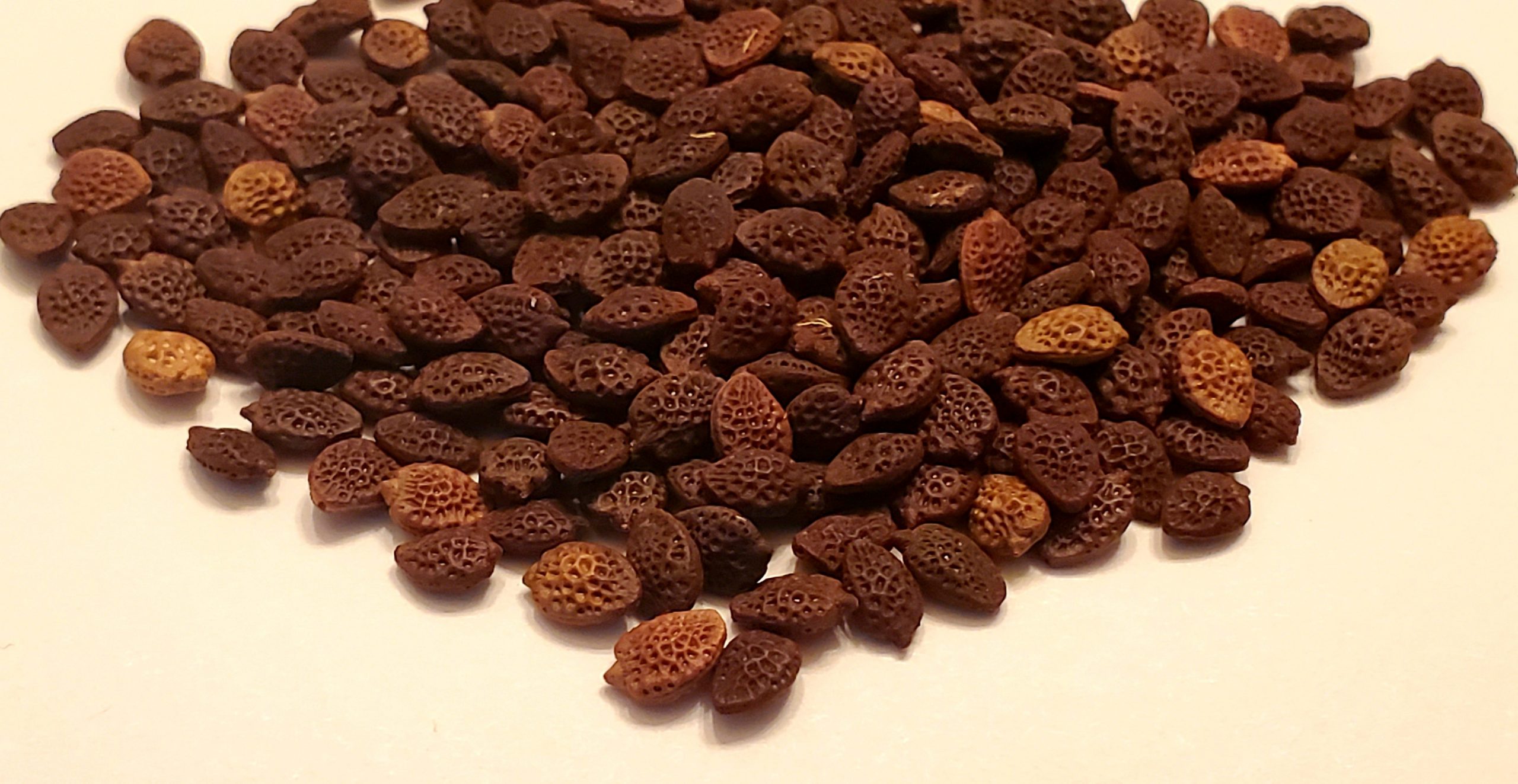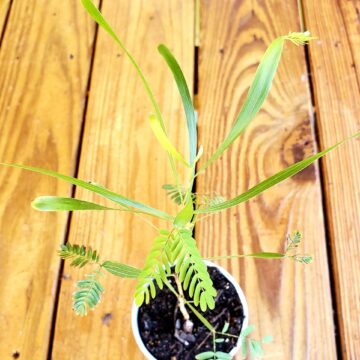Description
Passilfora Umbilicata is a rare temperate species of passion flower, native to Argentina and Bolivia, with medicinal and ornamental use. Like most passifloras, the flowers are ornate, with lavender to purple petals and bright yellow stamens that are pollinated by bees. But umbilicata is considered prized even amongst the other members in its genus for astonishing blooms that can be a big as 6” in diameter! Hardy between zones 8-11, this fast-growing climber can sometimes withstand temperatures right above the freezing line. Older and established plants are more likely to withstand colder temperature, and grafting to hardier passifloras such as passiflora caerulea or incarnata is sometime able to extend that ability. Passilfora Umbilicata vines will typically reach as long as 16 feet, and they do have a preference for high altitudes as is the habitat they come from. But they have also been grown in cultivation. Germination is slow and erratic, taking as long as 6-12 months, which is actually common with a lot of warm climate plants. Dormancy is obviously a factor in proliferation, which is a factor in their rarity, and ultimately their esteem, to begin with. But it also has a benefit in nature to prevent the seed from germinating too soon. Passilfora Umbilicata does produce a small edible fruit, and the leaves are used as a gastrointestinal remedy. There is a chance it may also have sedative effects like other passilfora species, but chemical analysis of this species is lacking.
Growing Information: Passiflora Umbilicata seeds are stubborn and erratic by nature. To help give them a good start, soak them for 42-78 hours in warm water. It is said that using passion fruit juice following the soak can help reduce the germination time. You can also substitute with orange or apple juice. Often, fruit seeds are processed through animals’ digestive tracts, and that aids in germination. This step may be related to that both in terms of the acidity and because the fermentation can help leech out germination inhibitors. Vinegar soaks are also used in germinating other seeds as a way to mimic this process, so it might be effective to try a 12-24 hour vinegar soak as well. If fermentation is a factor, raw apple cider vinegar might be an ideal fit. For long-germination seeds, a more sterile medium like river sand can be good to help provide constant moisture with a less favorable environment for mold or bacteria. The coarse texture of sand may also help scarify the seed, which is usually beneficial to do with stubborn seeds as it helps water penetrate the seed coat more easily. The plants also do prefer a neutral ph. Sow your passiflora umbilicata seeds about an 1/8-1/4” deep and be sure to keep the medium constantly moist without drying out or becoming soggy. Another favorite medium is coconut coir mixed with a little bit of perlite. The coir is a lot like peat moss, except it is more renewable, and usually made from byproducts of the coconut industry. The coir is airy and light. Seedling roots travel easily through the soft, oxygenated environment, and it does not provide an ideal food for molds or bacteria as soil might. Coir is also very absorbent, so it retains the water rather than letting the medium become soggy. Passiflora umbilicata seeds like to be in 100% humidity. You can use a plastic bag to cover the container, but it has to be aired out daily. You can opt to put your seedling container inside another storage bin or Tupperware instead of plastic wrap. Leave enough space that the air does not get stale, and then you can easily fan with the lid for fresh air. A layer of moistened perlite in the bottom of the outer container bin, with your seedling container resting on top of the perlite layer and the lid over the outer bin to seal everything, can also help raise the humidity if the soil medium does not provide enough humidity on its own. You can also use an Led light fogger or ultrasonic humidifier if you wanted to go all out because they allow more air exchange with the added humidity. But keep in mind you’ll be waiting quite some time for these to sprout. Temperature fluctuations will also help the germination process. You can accomplish this with a heat mat or propagator or by the timing of your lights depending on the type of light you use. Some growers fluctuate daily to mimic the day’s natural fluctuations while others will alternate weeks of high and higher temperatures.
In purchasing, International buyers agree to assume the risk of arrival. We cannot replace lost or seized items. You will be required to confirm that you agree to these terms before items can be sent.






